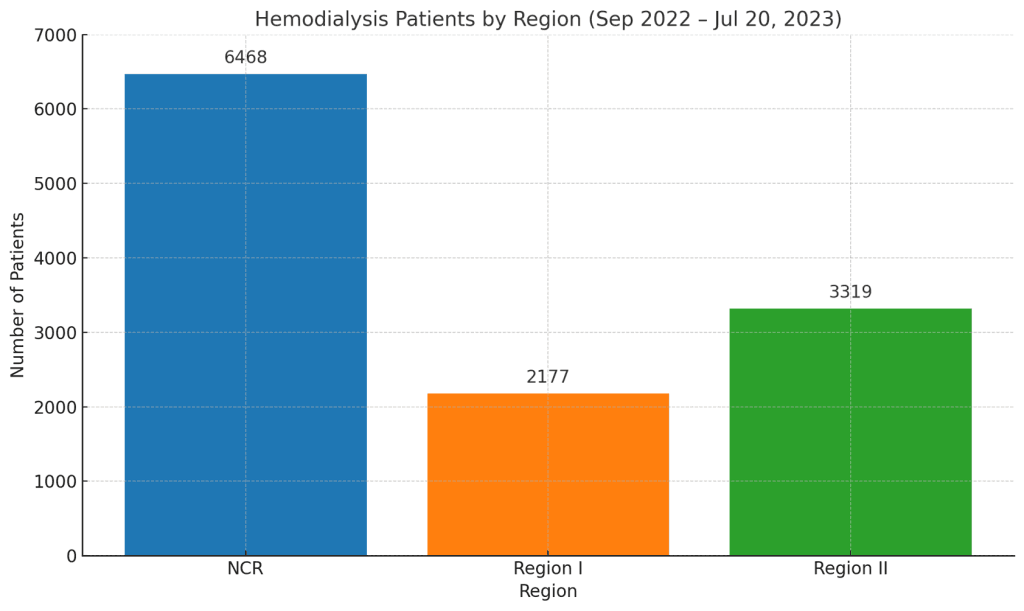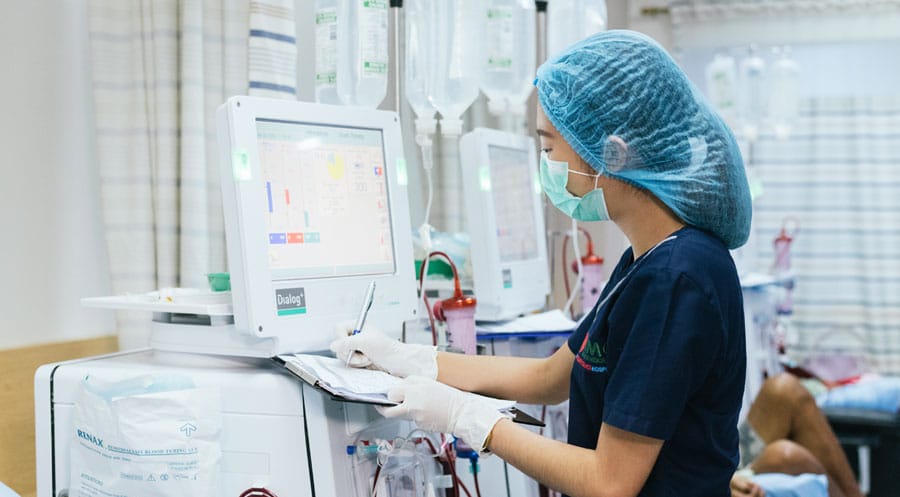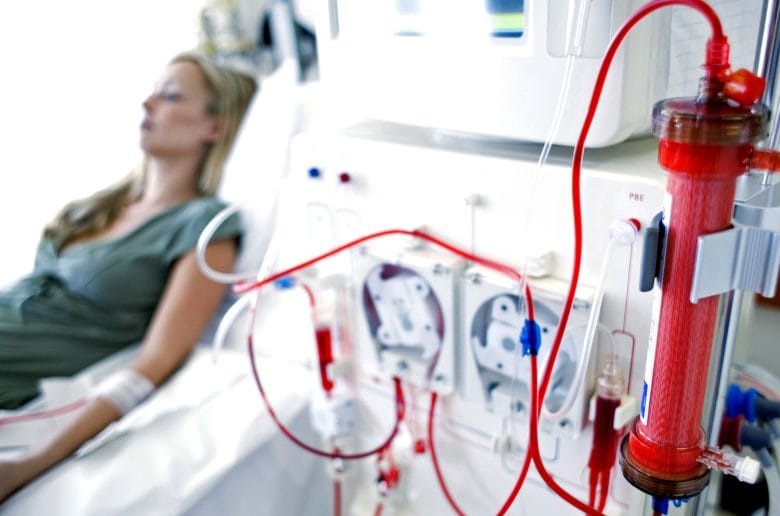Photo from Verywell Health
Hemodialysis is a vital treatment for individuals with severe kidney conditions, particularly those with end-stage renal disease. In the Philippines, the number of people undergoing hemodialysis has steadily increased over the years. This trend reflects broader health, social, and economic factors influencing access to care and disease management. The following overview highlights key epidemiological trends and developments in hemodialysis across the country.
Chronic Kidney Disease (CKD) in the Philippines
Chronic kidney disease (CKD) affects 9.1% to 13.4% of the global population, with a significantly higher prevalence of 35.94% in the Philippines, impacting around 7 million people as of 2021. In the country, 94% of end-stage renal disease (ESRD) treatment is through hemodialysis, while peritoneal dialysis and kidney transplants make up just 4% and 2%, respectively. Dialysis patients increased by 42% from 2022 to 2023, driven by rising diabetes and hypertension rates.
Given that the number of dialysis patients has risen significantly, and considering the dominance of hemodialysis in treatment modalities, it’s reasonable to estimate that a substantial majority of the 35,714 dialysis patients are undergoing hemodialysis.
The Philippine Renal Disease Registry (PRDR) provides insights into the regional distribution of CKD patients undergoing hemodialysis between September 2022 and July 20, 2023:


A study focusing on CKD Stage 5 patients on hemodialysis with anemia admitted at Bicol Medical Center revealed the following demographic characteristics:
Age: Median age was 52 years, with a range from 19 to 85 years.
Gender: Majority were male, accounting for 67% of the patients.
Problems Facing Dialysis Centers in the Philippines

Dialysis centers in the Philippines face major challenges including:
Water Supply Interruptions – Hemodialysis needs large volumes of purified water. Crises like the 2019 Metro Manila water shortage disrupted treatments and forced hospitals to ration water or switch to peritoneal dialysis.
Water Quality Issues – Contaminated water can cause serious infections. Outbreaks like the 2021 Ralstonia case in Baguio and high bacterial counts in regional studies show persistent sanitation problems.
Regulatory Compliance – Despite DOH regulations requiring regular water testing and licensed maintenance, not all centers consistently meet these standards, especially in rural areas.
Is Your Dialysis Center’s Water System Safe, Compliant, and Reliable?
Hemodialysis requires ultra-pure water to ensure patient safety and equipment longevity. Any compromise in water quality can lead to serious health risks and costly operational downtime.
Whether you’re starting a new facility or upgrading an existing one, we provide specialized water treatment solutions tailored to dialysis centers. Our systems are built to meet DOH standards and ensure uninterrupted, safe treatment—even during supply disruptions.
Ready to take the next step? Fill out our contact form and let our experts guide you toward a safer, more reliable water solution for your dialysis operations.
